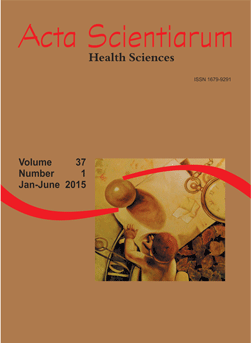<b>Sensorial and physicochemical qualities of pasta prepared with amaranth
Abstract
Current assay analyzed the sensorial acceptability of pasta when amaranth flour (AF) is added at different percentages. The physical and chemical composition and the acceptance similarities of standard formulation and formulation with a greater level of AF addition were assessed. Five formulations of pasta were used: F1 standard (0% AF); F2 (20% AF); F3 (25% AF); F4 (30% AF); F5 (35% AF). Fifty-six untrained tasters, from both genders and aged between 17 and 27 years, participated in the sensorial analysis. The physicochemical analyses determined moisture content, ash, protein, fat, carbohydrates, crude fiber, and calories. F4 with the highest AF content obtained acceptance similar to the standard formulation in all attributes. In addition, F4 provided higher levels of dietary fiber, proteins, ash, calories and lipids than standard formulation. Only carbohydrates levels in F4 were lower. Current study demonstrated that pasta with the addition of up to 30% of AF was the most sensory-accepted among the AF-added pastas. Since it provided sensory acceptance similar to the standard product, good marketing expectations are given.
Downloads
DECLARATION OF ORIGINALITY AND COPYRIGHTS
I Declare that current article is original and has not been submitted for publication, in part or in whole, to any other national or international journal.
The copyrights belong exclusively to the authors. Published content is licensed under Creative Commons Attribution 4.0 (CC BY 4.0) guidelines, which allows sharing (copy and distribution of the material in any medium or format) and adaptation (remix, transform, and build upon the material) for any purpose, even commercially, under the terms of attribution.
Read this link for further information on how to use CC BY 4.0 properly.























5.png)







